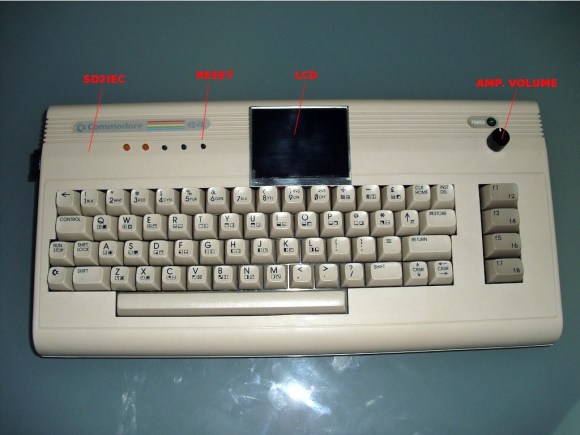
When the truck rolls up, everything seems normal enough. It’s a generic oil tanker. But when the theme from “2001: A Space Odyssey” begins to play and the side of the tank starts to open, you suddenly realize things are not what they seem. This is no mere tanker truck, it’s a massive meat cooking monster dubbed the “X Grill”.
[Ken Foster], owner and creator of this $40K+ beast, worked with welder [Gary Webb] to custom design and fabricate every component of the vehicle, from hinges to hydraulic systems. They claim not a single part came from a box. The cooking area, complete with speakers and spotlights, has storage cabinets, stainless steel prep counters, a four burner stove, and a 42 inch grill. If that’s not enough, there are three more grills you can set up beside the truck and hook into the system. All the appliances are run off a 65 gallon propane tank that’s mounted to the side of the truck.
Although the “X Grill” is available to rent for private parties, [Ken] says they spend most of their time at community and charitable events. He donates his equipment and cooking services, and the host group supplies the food and gets to keep any profit.
Good work guys!
[via Neatorama]











Printed machine does nothing until the heat death of the Universe
A 2:1 gear reduction slows down a spinning shaft to half speed and doubles the torque. Repeat this a few times, and you’ve got a ludicrous amount of torque moving too slowly to see with even precision instruments. That’s the idea behind [Jeshua]‘s project, a Printed Machine partially embedded in a block of concrete.
[Jeshua]‘s build is a replica of one of [Arthur Ganson]‘s kinetic sculptures. [Ganson]‘s machine uses 50 sets of gears to reduce the rotation of 200 RPM motor more that 200 quintillion times. The final gear in the sculpture is embedded in a block of concrete, waiting to be freed by either erosion of the concrete block or the sun going nova.
Instead of metal gears, [Jeshua] used 3D printed gears in PLA. After assembling them on a stand, he cast concrete around the final, barely moving gear. It’s an impressively useless build that will turn to dust before the final gear makes even 1/10th of a revolution. This machine could have a longer life if it were printed with ABS instead of PLA, but with the time scales we’re talking about here it won’t make much difference.